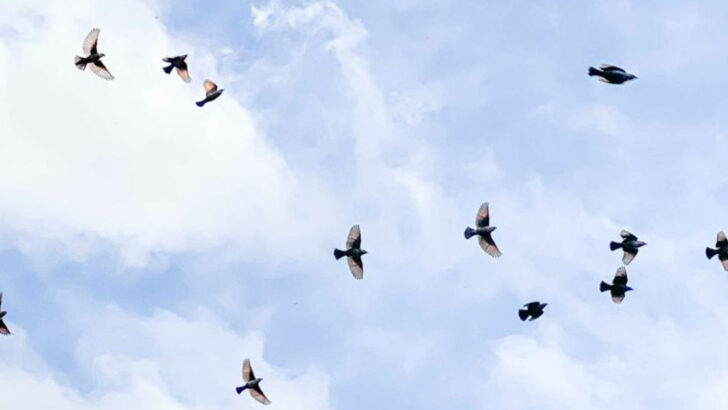Living near the wilderness is a double-edged sword—one minute, you’re captivated by nature’s beauty, and the next, you’re facing unexpected, potentially dangerous visitors. The wild is beautiful, but it can be unpredictable, and knowing the signs that wild creatures are lurking nearby can make all the difference.
From claw marks on trees to unusual animal tracks, being alert to these subtle clues can help keep you and your loved ones safe. The thrill of living near nature comes with the responsibility to recognize when that beauty turns into a potential threat.
In this post, we’ll explore 17 practical ways to spot signs of dangerous wildlife around your home. Stay safe and learn how to spot the subtle warnings of creatures who may be closer than you think. Keep your eyes peeled—the wild is always watching!
Unusual Scat
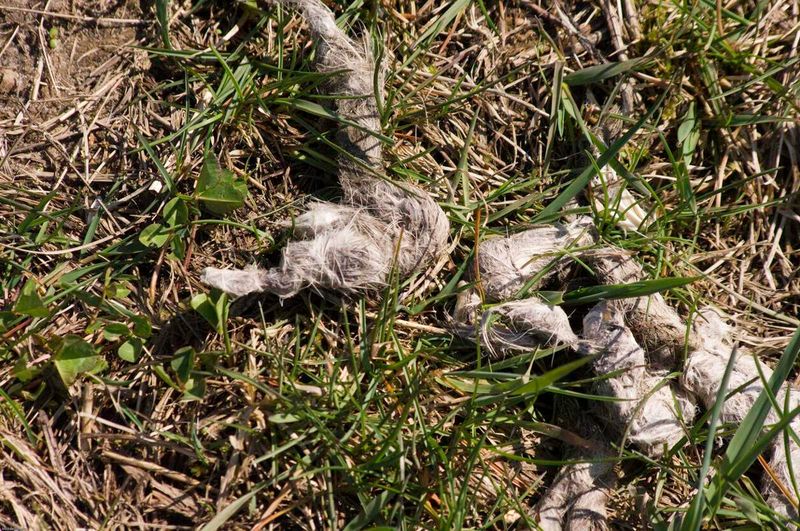
Animal scat can be a definitive sign of wildlife nearby. Different animals leave distinct droppings, and by identifying them, you can determine what’s roaming around. Look for scat in usual paths or near potential food sources, such as garbage bins.
If you notice scat resembling that of large predators like bears or cougars, exercise caution and perhaps consult local wildlife experts. Knowing what to look for can help prevent dangerous encounters and keep your home safe. Wildlife experts suggest maintaining a clean yard to avoid attracting animals.
Tracks in the Ground
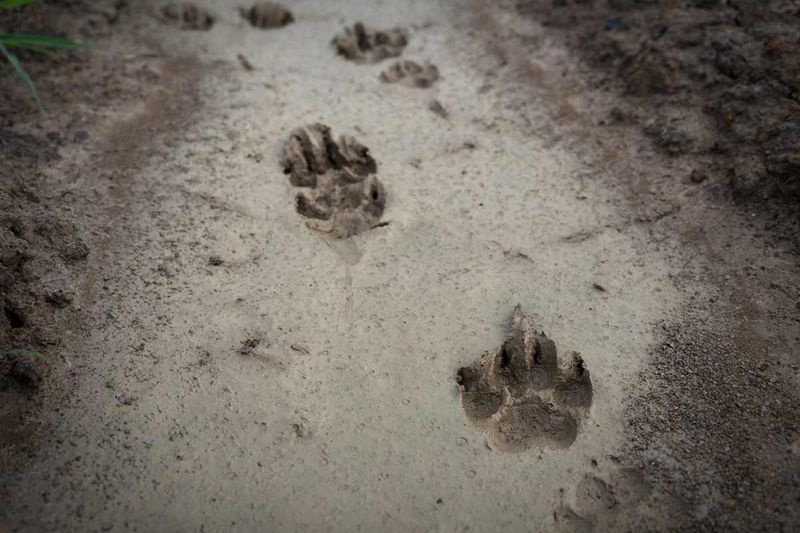
Finding tracks on the ground is another strong indicator of wildlife presence. Animals like deer, coyotes, and even larger predators leave distinct footprints. Investigate areas where mud or snow can capture these impressions for clues.
Examining these tracks can tell you not only what animal has passed but also its size and speed. Observing track patterns can provide insights into their behavior, such as hunting or foraging.
Simple precautions, such as lighting pathways, can deter unwelcome visits, adding an extra layer of security to your home.
Strange Noises

Unusual noises at night can be an unsettling sign of wildlife activity. From howling coyotes to rustling in bushes, different sounds can indicate the presence of various animals.
Learning to distinguish these noises can help you identify the creatures lurking around. A respectful distance and avoidance of confrontation are advised.
Securing pets indoors during the night can prevent unwanted interactions. Ensuring your surroundings are well-lit might also discourage nocturnal visitors, making your environment safer and more comfortable.
Missing Pet Food
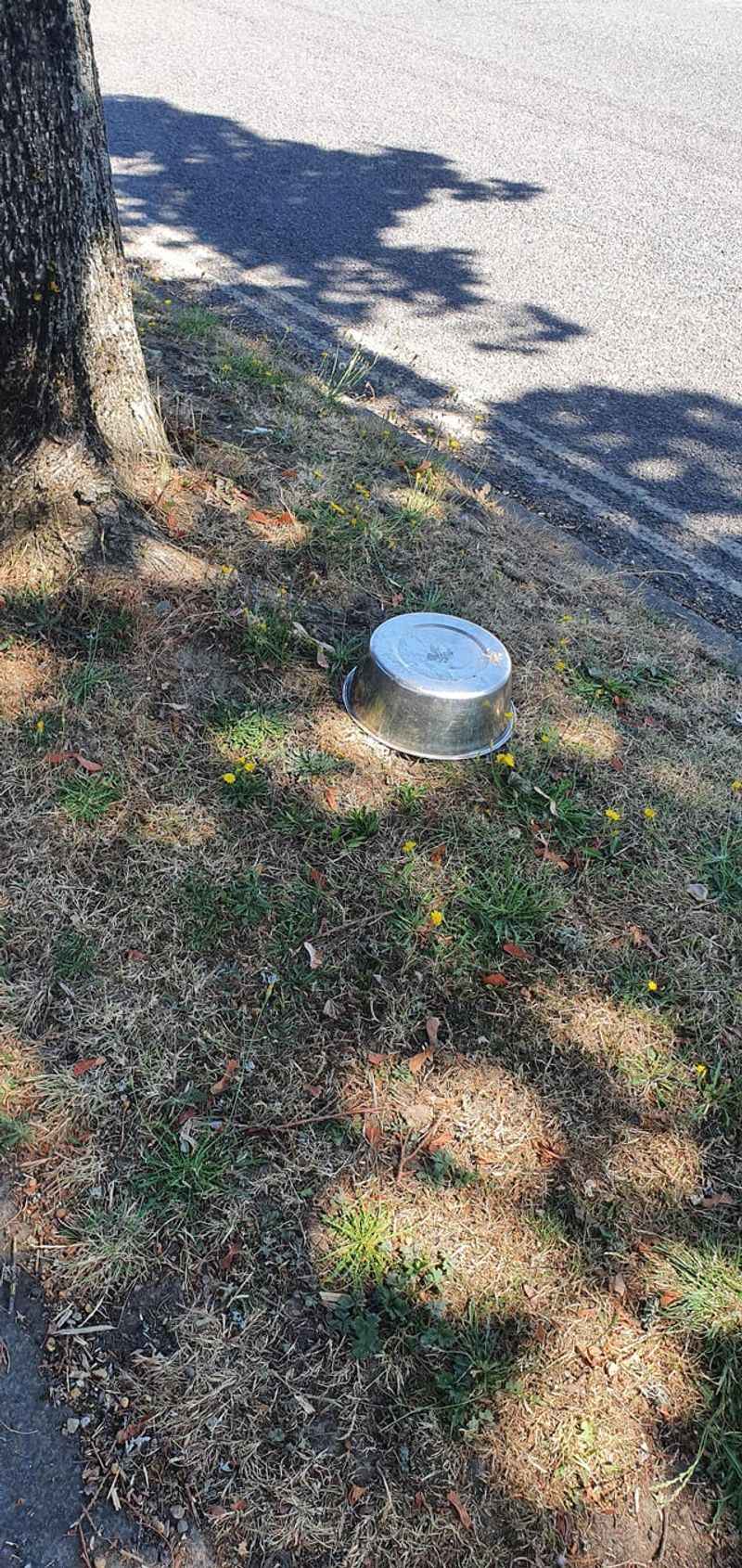
If pet food left outside disappears frequently, it might be attracting wild animals. Animals like raccoons and opossums are known scavengers and can easily sniff out pet food.
Ensuring food is not left outside overnight can mitigate this risk. Keep pet feeding areas indoors or secure them with covers. Observing this precaution can prevent wildlife from associating your home with an easy meal.
By taking such simple measures, you protect not only your pets but also maintain the balance of local wildlife interactions.
Nesting Materials Around
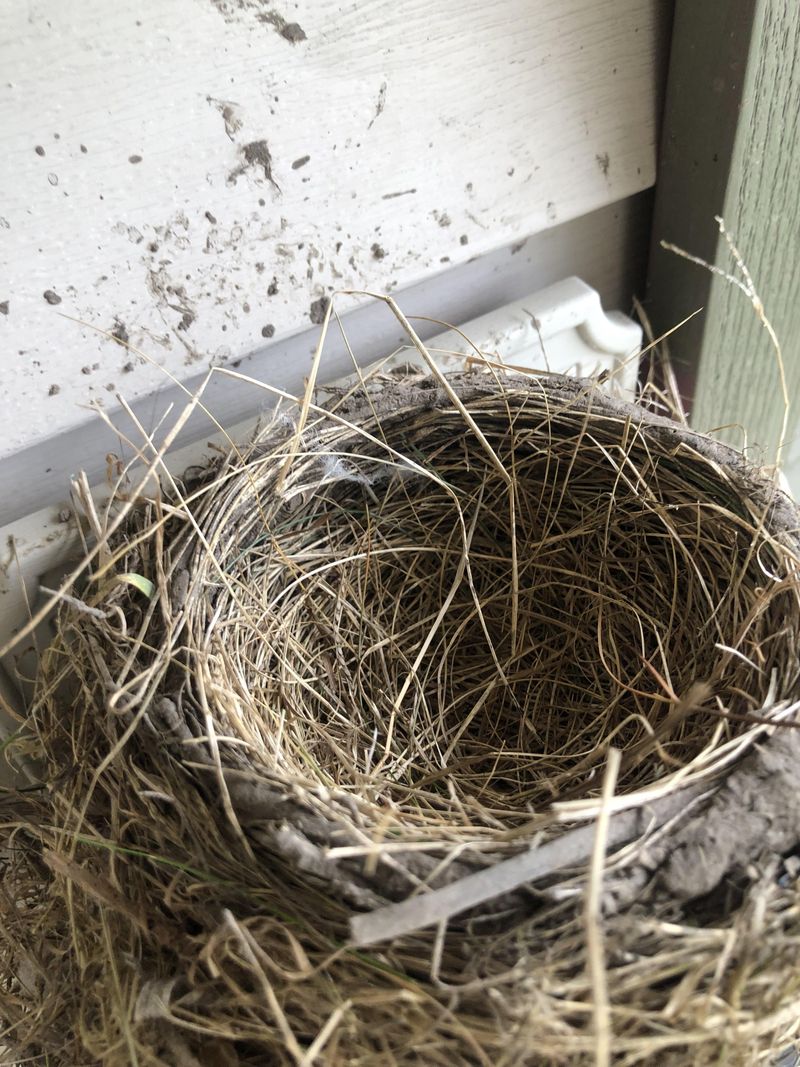
Discovering unusual piles of twigs, leaves, or other materials might indicate nesting activities by birds or small mammals. These creatures search for secure places to build their homes.
Inspect shaded and secluded areas around your property for such signs. By identifying and understanding these nesting behaviors, you can manage wildlife presence effectively.
Consider modifying your landscaping to minimize nesting opportunities. This proactive approach allows you to respect wildlife while safeguarding your living environment.
Overturned Garbage Bins

Overturned or rummaged garbage bins are a clear sign of wildlife searching for food. Creatures like bears or raccoons are notorious for such behavior.
Securing bins with tight lids or storing them in locked areas can prevent this. Regularly cleaning trash cans can also deter animals by removing tempting odors. Implementing these strategies keeps your area clean and minimizes encounters with wild creatures.
Such vigilance is essential to maintaining a safe and harmonious living environment.
Birds Flying Erratically
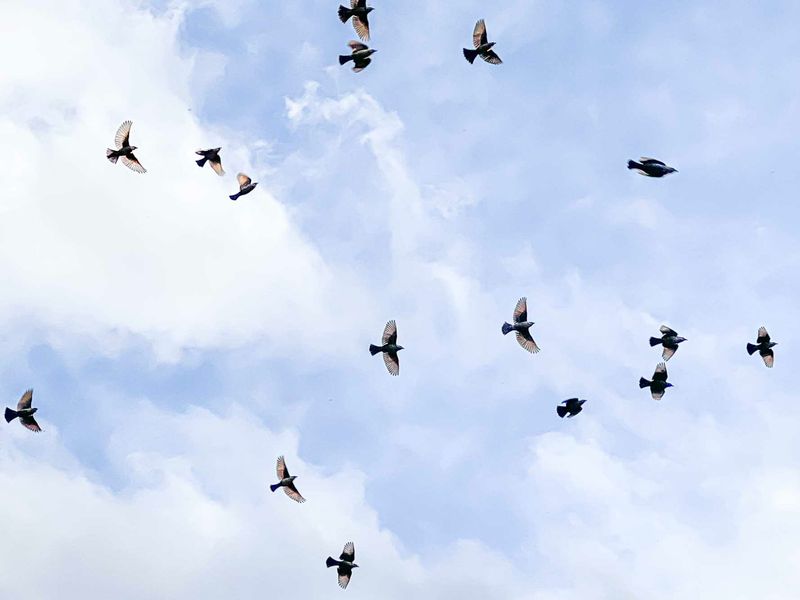
Birds acting unusually, such as flying erratically or making distress calls, can signal the presence of predators. Observing these behaviors helps identify potential threats in your vicinity.
Understanding bird language and behavior can provide early warnings of larger predators. This knowledge enables you to take safety measures for pets and children, ensuring they stay away from potential danger zones.
Enhancing your awareness of subtle wildlife signs enriches your connection to nature while prioritizing safety.
Damaged Outdoor Furniture
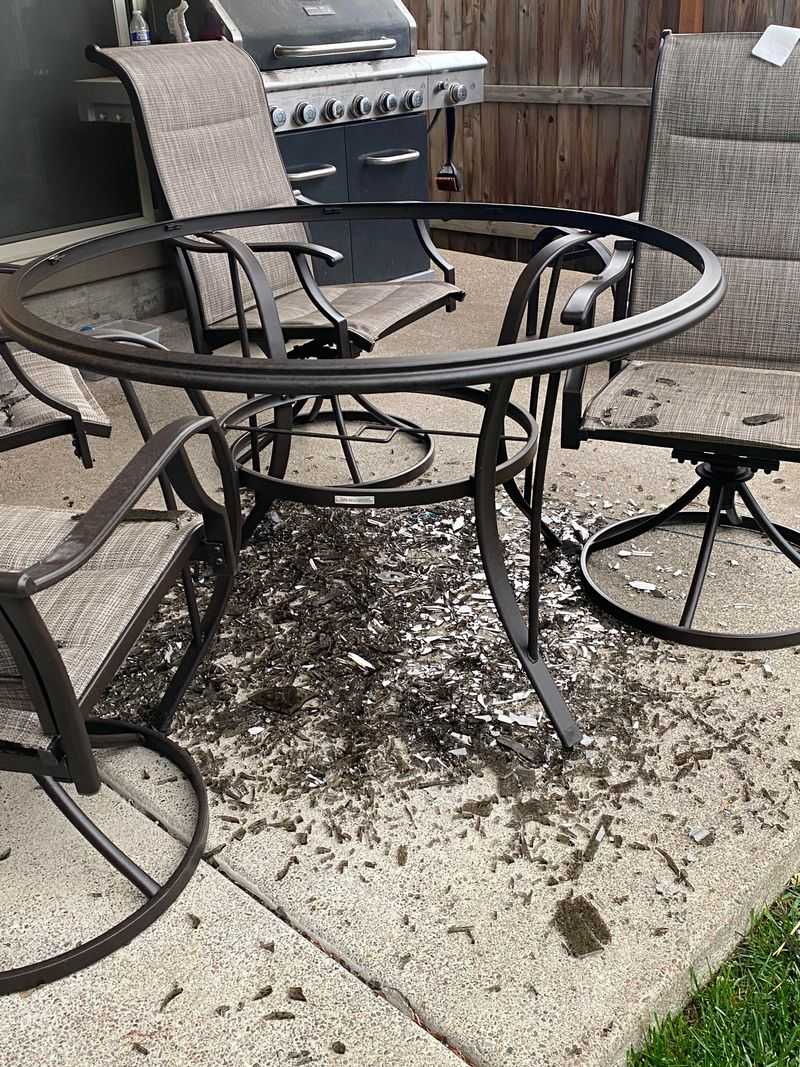
Outdoor furniture can sometimes bear the brunt of curious or hungry wildlife. Scratches, bite marks, or even overturned pieces might indicate an animal’s attempt to explore or access food. Bears, raccoons, and even large birds could be responsible for such damage.
Regular inspection of furniture ensures early detection of wildlife activity. You might want to store cushions and covers indoors when not in use, providing less opportunity for animals to target these items.
Animal Sightings
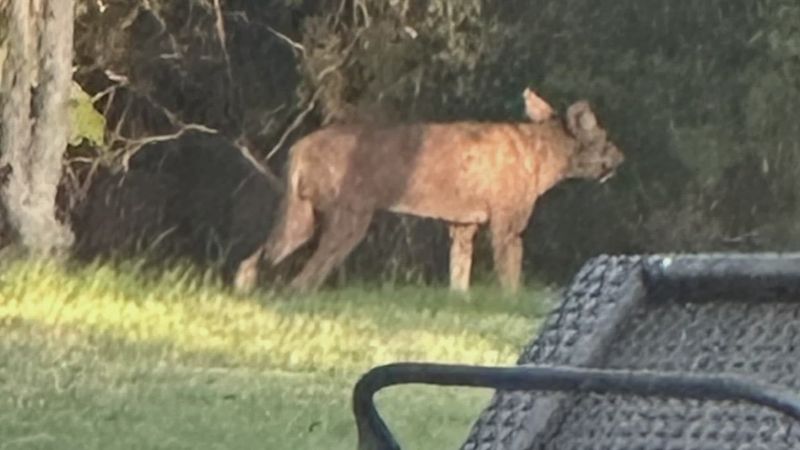
Spotting animals directly is an unmistakable sign of their presence. Whether it’s a deer in your backyard or a bear at a distance, sightings confirm nearby wildlife.
Remain calm and avoid approaching these creatures. Observing from a safe distance respects their space and ensures your safety. Documenting these sightings can aid local wildlife management efforts.
Engaging with nature through observation fosters appreciation and awareness, enhancing your living experience near wildlife environments.
Broken Fences
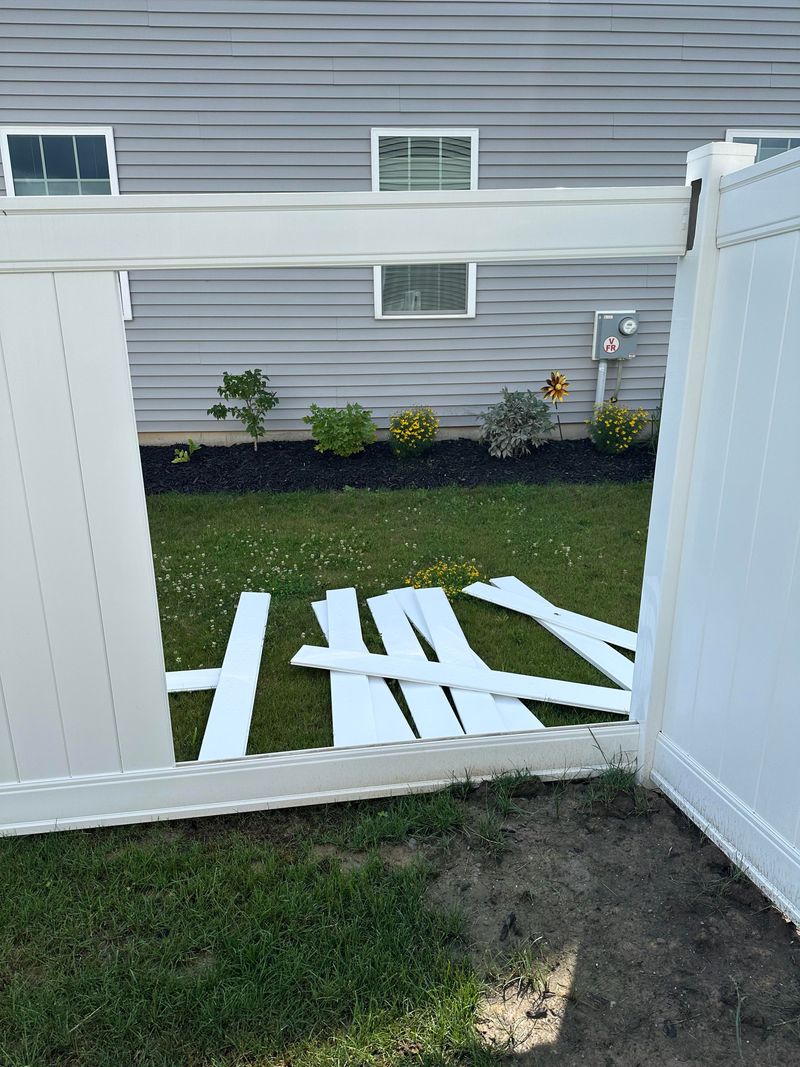
Damaged or broken fences can be tell-tale signs of wildlife attempting to enter your property. Claw marks or holes may indicate larger predators seeking access.
Regular inspection and repair of fencing can prevent such intrusions. Strengthening potential weak points ensures a sturdy barrier against wildlife. This proactive maintenance protects your property and provides peace of mind.
Being vigilant about securing boundaries helps you live harmoniously alongside nature, minimizing conflicts.
Unusual Pet Behavior
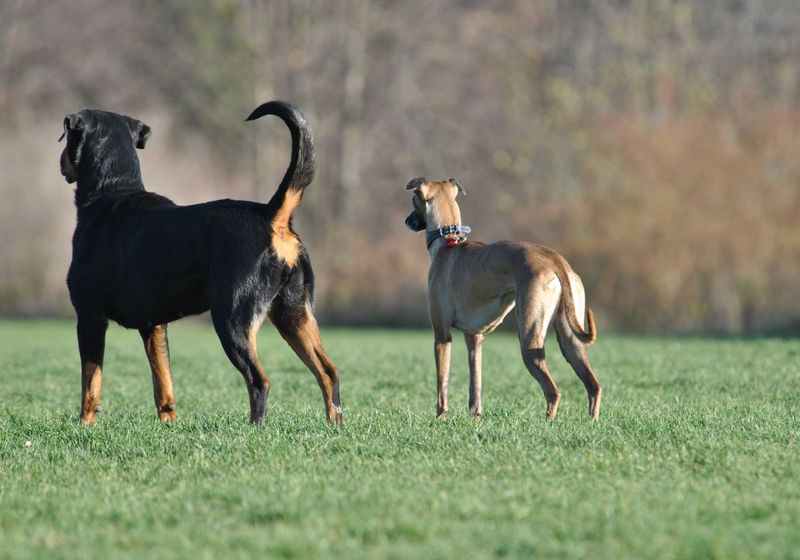
Pets can sense the presence of wildlife before you do. If your dog or cat appears unusually alert or anxious, it may be aware of nearby animals.
Pay attention to your pet’s behavior for clues about hidden wildlife. Their instincts can guide you in taking preventive measures. Ensuring pets are safe indoors reduces their risk of wildlife encounters.
Trusting your pet’s intuition can enhance your awareness and provide an additional layer of safety.
Feathers and Fur Clumps
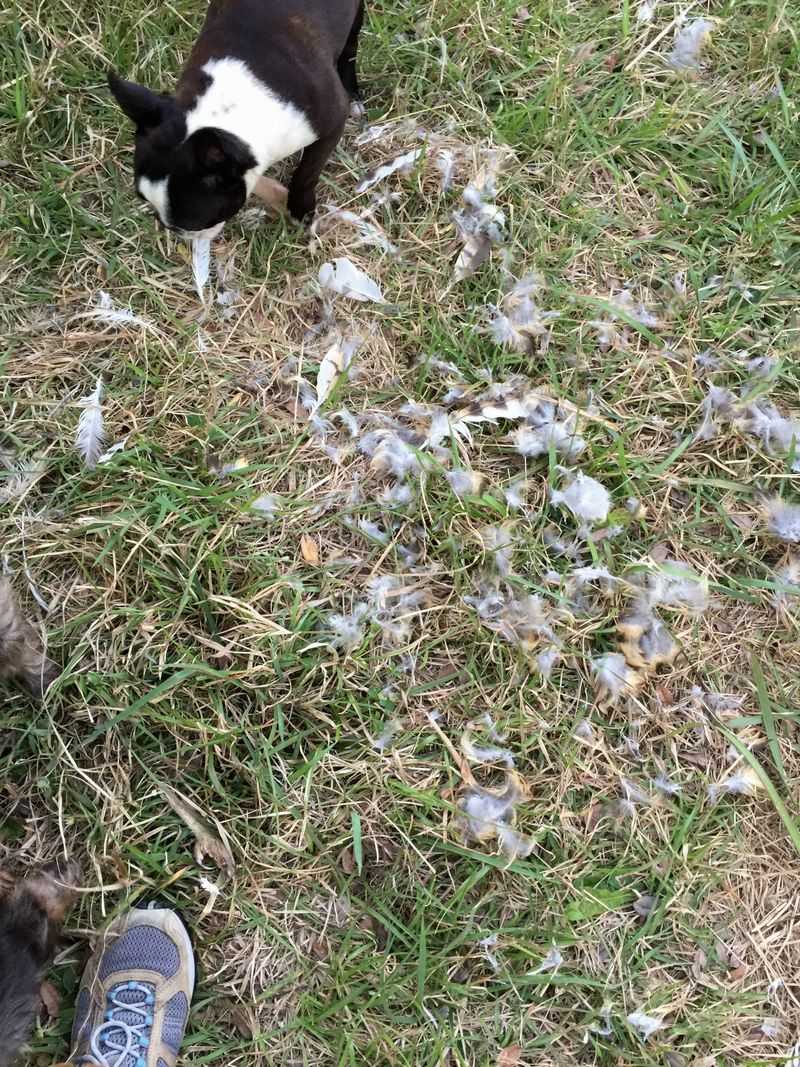
Finding clumps of feathers or fur around your property can indicate predator activity. These remnants often result from hunting or territorial disputes among animals.
Identifying such signs helps you recognize the presence of potentially dangerous wildlife. Taking precautions like securing outdoor pets and avoiding confrontation is advised. Monitoring your surroundings for these clues fosters a better understanding of local wildlife dynamics.
This awareness helps you adapt and create a safer living environment.
Bite Marks on Objects
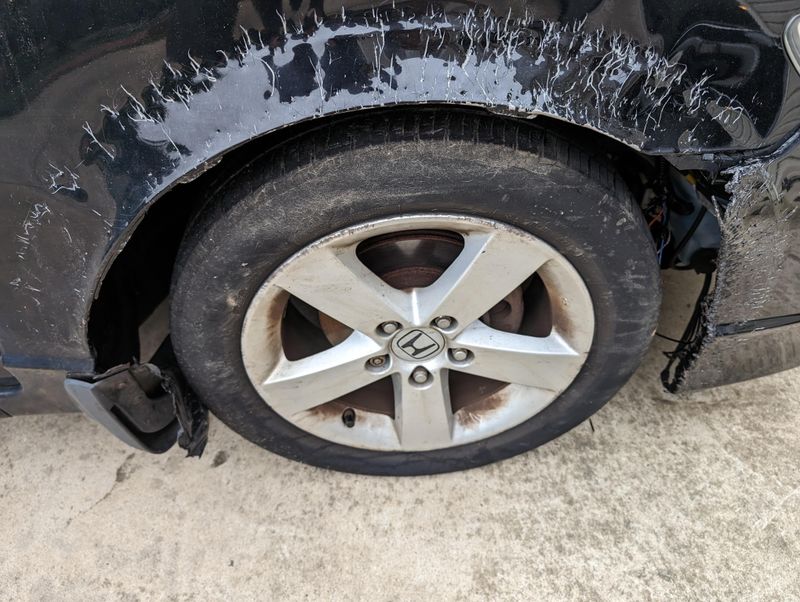
Bite marks on outdoor furniture, tools, or structures suggest wildlife interaction. Animals explore and test objects in their environment, leaving behind distinctive marks.
Examining these signs can offer insights into the species visiting your area. Taking steps to secure or remove objects that attract wildlife helps reduce interactions. Being proactive in recognizing these indicators promotes safety and awareness.
Understanding wildlife behavior enriches your outdoor experience, balancing curiosity with caution.
Unusual Plant Damage
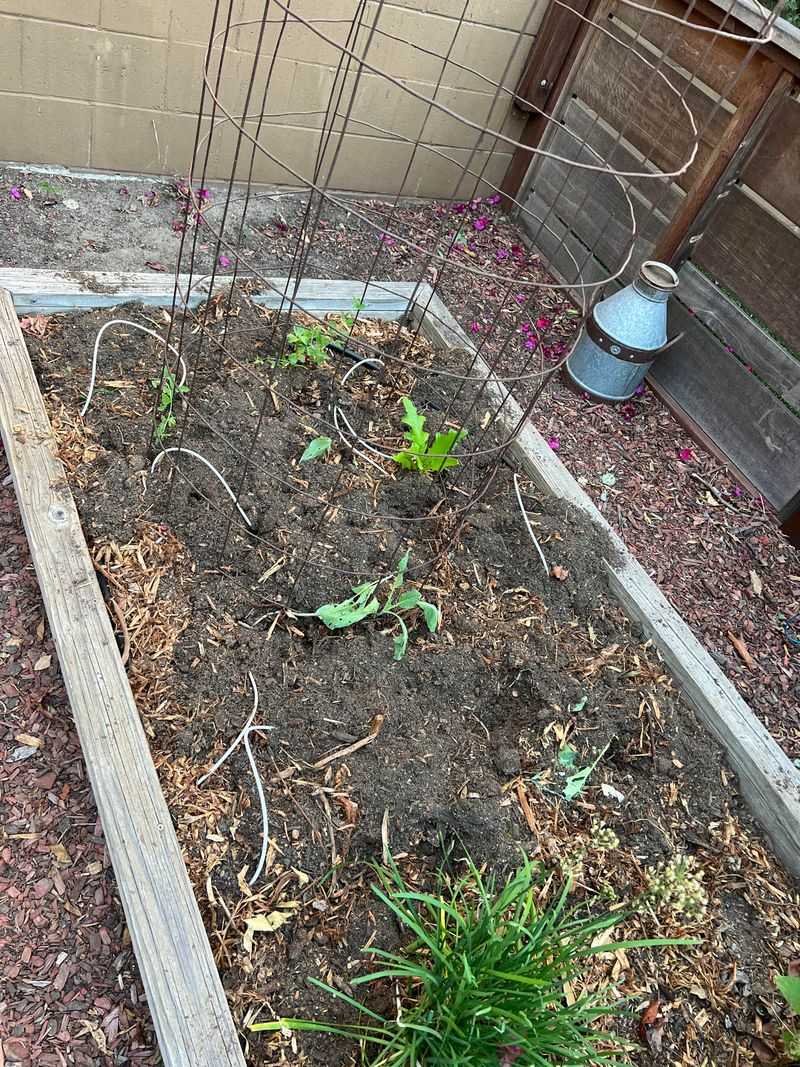
Have you noticed your garden looking a bit rough around the edges? Unusual damage to plants can be a signal that wildlife is nearby. Various animals, from deer to rodents, may nibble on leaves, stems, or flowers, leaving behind distinctive chew marks. Sometimes, entire plants are uprooted, indicating larger creatures like wild pigs.
If you spot this type of damage, it’s wise to check for other signs of wildlife presence. Consider setting up a garden camera to capture nocturnal visitors. This not only helps identify the culprits but also assists in planning protective measures to safeguard your plants.
Holes in the Ground
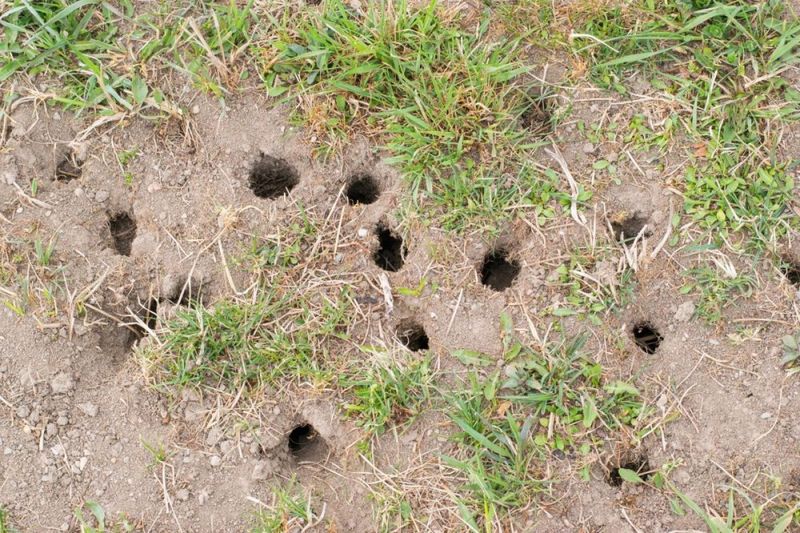
Holes in your garden or yard may indicate animal burrowing or foraging. Creatures like gophers, rabbits, and foxes dig for shelter or food.
Identifying these holes provides clues about the type of wildlife present and their activities. Filling or protecting vulnerable areas can deter further digging. Understanding these behaviors allows you to make informed decisions about pest management.
Balancing garden aesthetics with wildlife tolerance enhances your outdoor space while respecting nature’s inhabitants.
Scratches on Structures
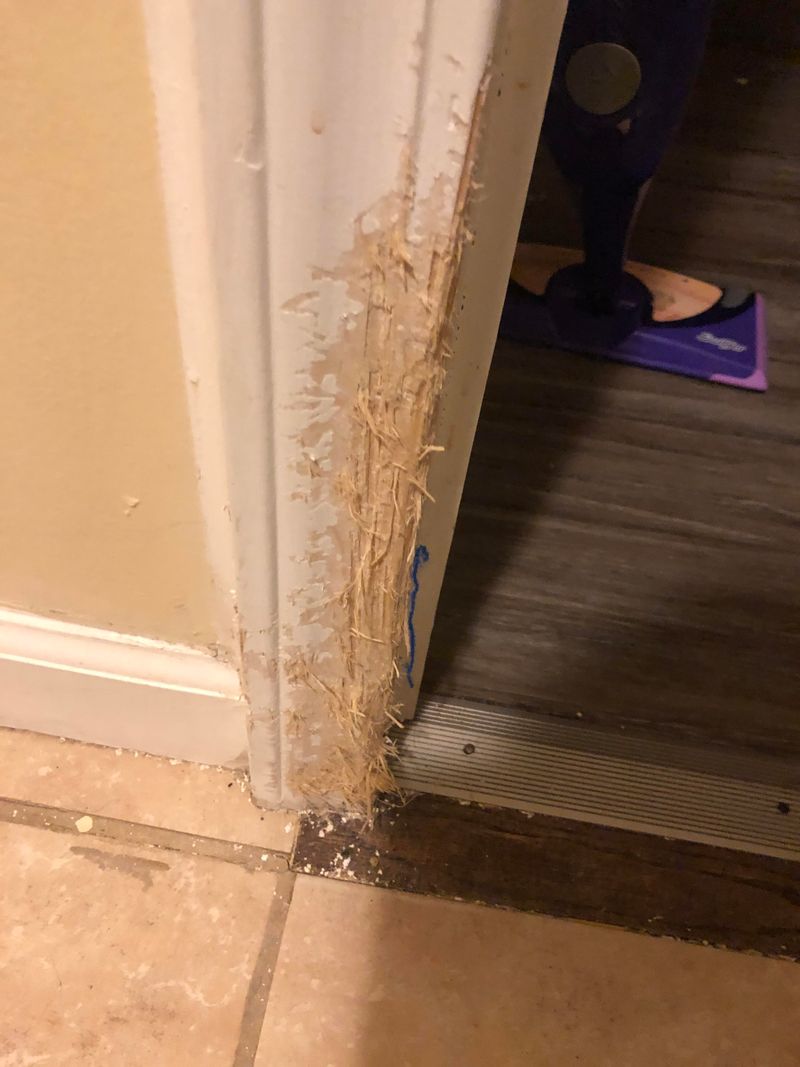
Scratches on decks, sheds, or other structures indicate wildlife investigation or marking behavior. Larger predators often leave such marks when exploring territories.
Regularly checking for scratches and repairing them quickly reduces damage and deters repeat visits. Understanding these signs helps you manage wildlife presence more effectively. Taking proactive steps ensures your property remains secure and minimizes wildlife-related issues.
These observations enhance your connection with nature, promoting a respectful and balanced coexistence.
Worn Paths Through Grass
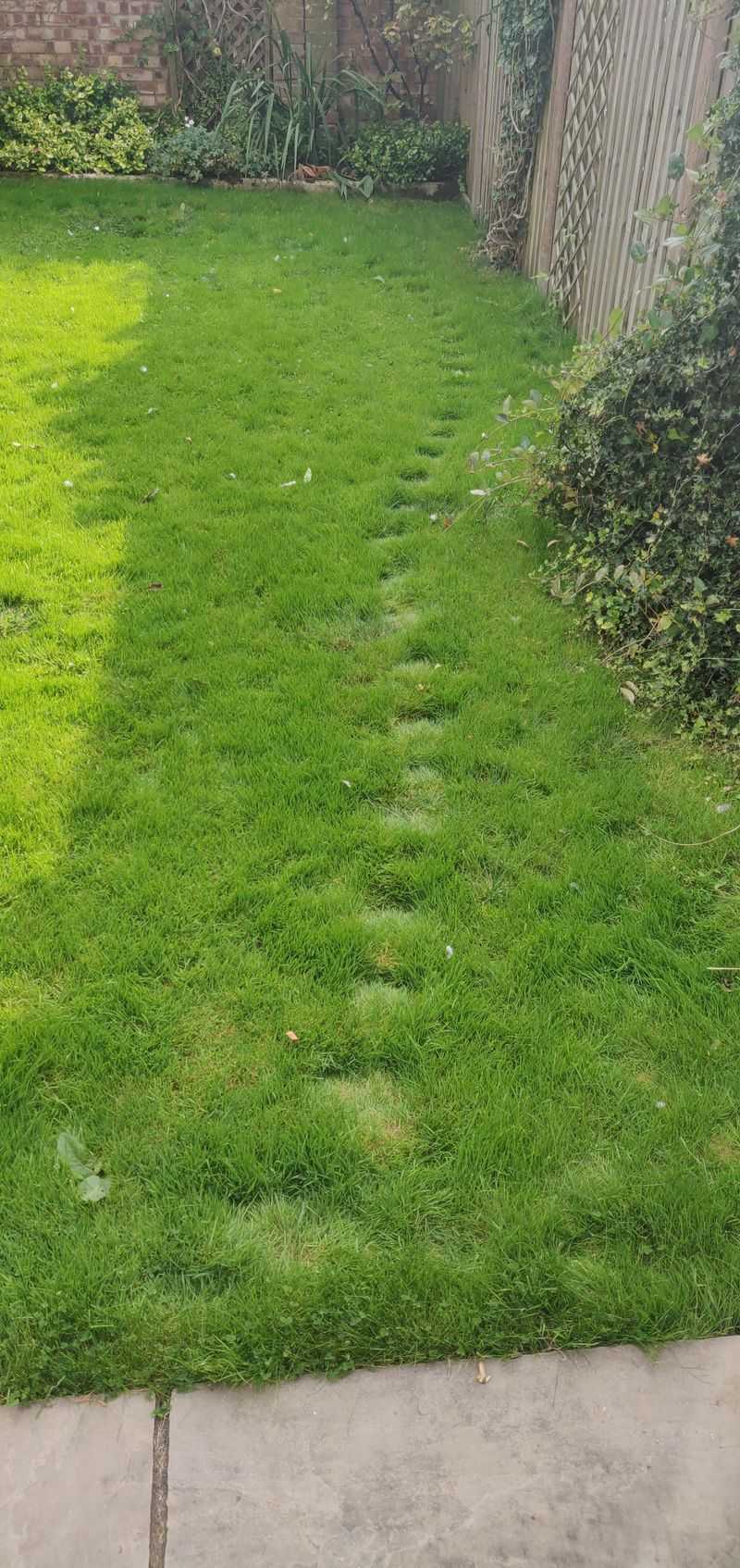
Nature often leaves subtle trails that reveal the habits of visiting animals. Worn paths through grass or underbrush can indicate frequent travel routes of wildlife like deer or coyotes.
These paths are usually narrow and may appear as flattened or discolored strips through otherwise even vegetation. They often lead to water sources or food supplies.
Monitoring these trails can provide insights into the wildlife’s habits, allowing you to predict their movements and protect areas of your property that may be at risk.

